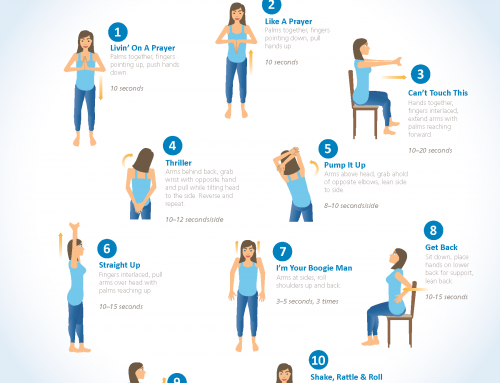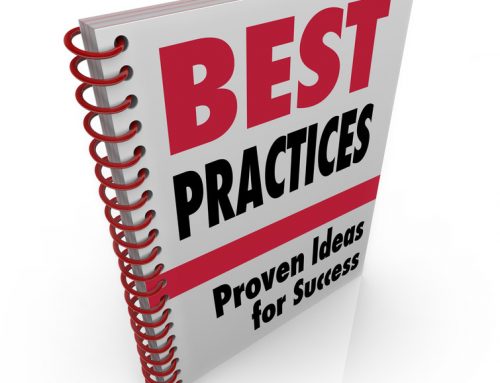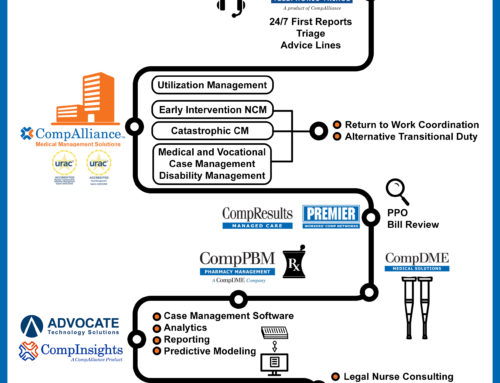This week I was honored to present at the NAOHP (National Association of Occupational Health Professionals) 32nd National Conference in Nashville, TN on a paper prepared by the IAIABC on RTW. It was my second time presenting at this conference. The NAOHP is a group of healthcare professionals involved in providing primary occupational care to the injured worker. The group primarily comprises of in-house occupational clinics at the place of employment, free-standing clinics and individual practices – physicians and nurses, and clinic managers.
CompAlliance is a member of the IAIABC. I personally belong to two of the committees – the Medical and the Disability Management and Return to Work Committees. The IAIABC was formed in 1914 with a coalition of US states and Canadian provinces wanting to share information between themselves to help build and grow their new workers’ compensation boards and commissions. Today the IAIABC has 60 jurisdictional members from the US, Germany, Canada, Australia, Taiwan and Korea.
Our Disability Management and RTW Committee developed a resource paper titled, “Return to Work: A Foundational Approach to Return to Function”, which was completed in April 2016. Since then our committee has been making proposals to present this paper at various workers’ compensation venues with limited success. However, the NAOHP did agree for this paper to be presented in a session at this national conference.
While preparing the information to present at this conference, I was struck again by how timely was the information we put together about each of the stakeholders and what could be the possibilities if we all looked at our individual roles and responsibilities in a new way. As you were most likely not at my talk, I thought I would share in subsequent blog posts, some of the perceptions, misconceptions, research, and the “what’s in it for me” information we put together for each of the stakeholders. We are meeting again at the 104th IAIABC National Conference in Williamsburg, VA next week to start Phase 2 of our project, which will address best practices and strategies for disability prevention.
Today I will begin with how we came up with our title and who we consider are the members of the Workers’ Compensation Universe.
We acknowledge the title of our paper may be the most indecipherable name of a paper ever. However, there was much discussion between two very strong and informed w/c professionals as to how to title and what to focus on in this paper. The debate was primarily led between Dr. Gregor Kemper, of the German Social Accident Insurance and Bob Wilson from WorkersCompensation.com. In Bob’s view, restoring function is just as important as restoring the ability to work. If we focus on Return to Function, then RTW is a natural by-product. Gregor would tell you that workers’ compensation is a work injury recovery program, so the focus should be on RTW first. In the end we felt both concepts were important and decided to include them both in the paper, but yes, we are working within an injury recovery program, so we will primarily focus on RTW.
The six primary stakeholders we identified in the workers’ compensation universe:
- Government/Regulator
- Injured Worker/Union
- Employer
- Insurer (in this category the ancillary vendors – CM both Medical and Voc would be included)
- Caregiver/provider
- Attorney
Initially we reached out to representatives from each stakeholder group and asked them to write about the value of RTW from their perspective. We thought the groups would come back with solutions and ideas for promoting RTW within their stakeholder group. We were wrong.
Instead we received listings of why all the other stakeholder groups were an impediment to RTW, how RTW wasn’t possible because of this group or that group. No one was taking responsibility or ownership. There were no solutions, just pointing fingers.
In my next installment I will share how we came up with a Plan B and took a different approach. Are you ready for a paradigm shift?




